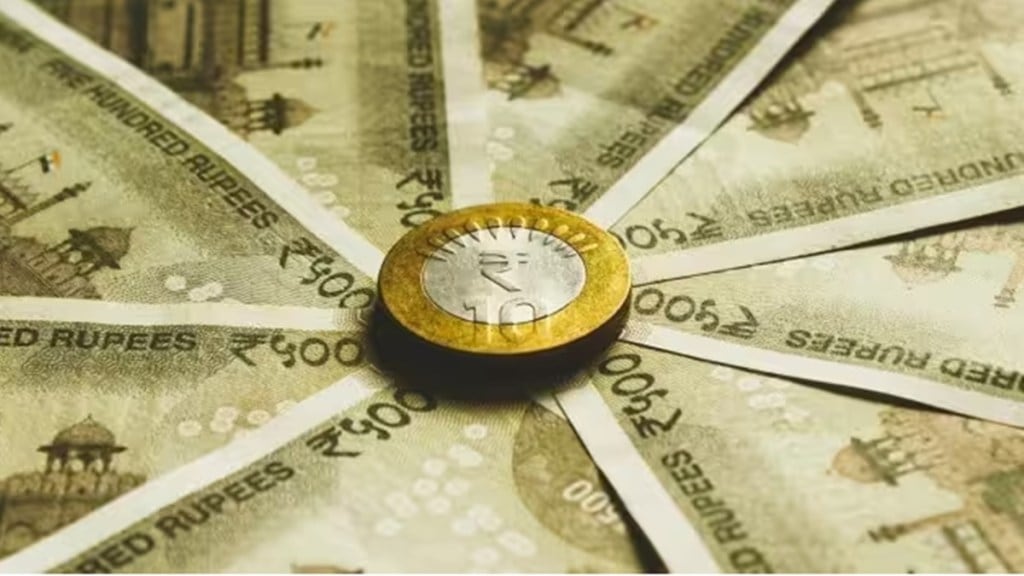The Congress-ruled Rajasthan and Bharat Rashtra Samithi-ruled Telangana are seeing a flurry of welfare scheme announcements by political parties, which, if implemented, could exacerbate the debt stress of these states.
Rajasthan, with a debt-GSDP of around 40% is one of the highest fiscally stressed states in the country. Its debt level is double the prudential level of 20% set by an expert panel. Additionally, the northern state’s outstanding guarantees/GDP is at 7.2%.
The guarantees, which are given by the state to its firms to raise funds for government programmes, are negative on the state’s credit profile.
However, this has not stopped the incumbent government from launching new welfare programmes that tantamount to freebies: free smartphones to women, free electricity up to 100 units and LPG cylinders at a subsidised rate of Rs 500/refill. The main challenger Bharatiya Janata Party is also expected to roll out similar sops in its quest to return to power., going by the indications so far.
Telangana created by bifurcating the the undivided Andhra Pradesh, is one of the states with very high outstanding guarantees to GDP at 11.3%, meaning the state was one of the highest users of fiscally imprudent off-budget mechanism to fund state programmes. Such high guarantee level understates the state’s debt-GSDP which was pegged at 28% in FY23 (Budget Estimate).
Telangana is one of the non-congress opposition-ruled states which have stayed with the reform-oriented contributory-National Pension System (NPS) for the government staff, which Congress promises to undo if elected to power by reverting to the non-contributory Old Pension Scheme.
Congress has also promised monthly financial assistance of Rs 2,500 for women in Telangana, gas cylinders at a cost at a subsidised rate of Rs 500, free travel for women on TSRC buses throughout the state and farmers/tenant farmers will receive Rs 15,000 annually, to name a few. Ruling BRS will announce new schemes shortly in their manifesto.
With the freebies seen as a shortcut to winning elections, the fiscal deficit numbers for Rajasthan, already at 4% estimated for FY24 compared with the prudential level of 3% of GSDP, may deteriorate further. On the other hand, Telangana has projected to rein in fiscal deficit at below 3% for the current financial year, but this is unlikely to be met.
Rajasthan’s capex levels have been stagnating in recent years at 10% or less of total budget spending, whereas Telangana did better on this front.
Telangana also relies much more than the northern state on its tax collections, rather than transfers from the Centre.
Both states saw GSDP growth rates higher than national average in FY23.

